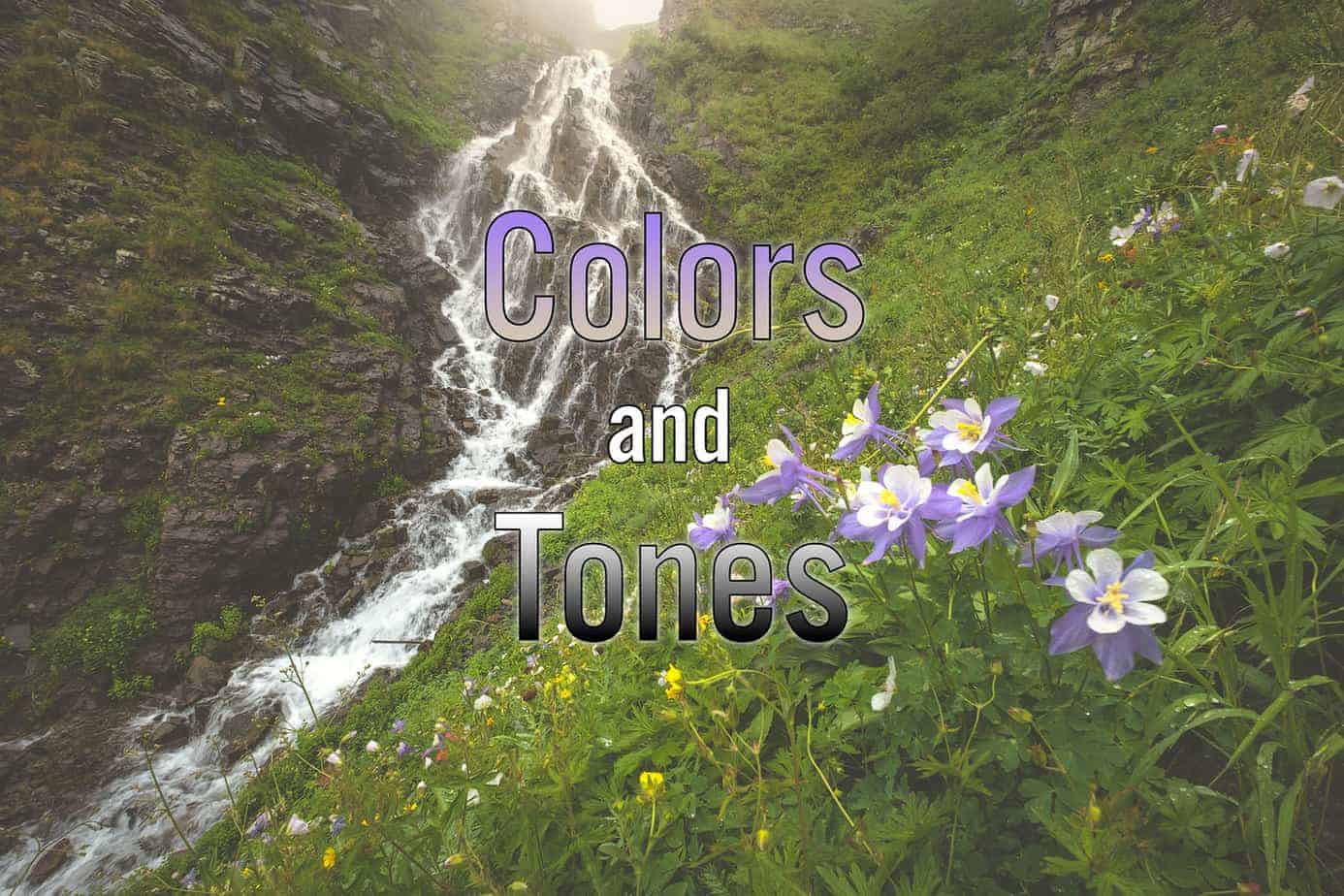Hi David,
I was not going to mention this but since you asked...not really a complaint but an observation.
The Nordic Inn does not have Microwaves in their rooms (as far as I can tell). Most people could care less but I do. So I made a reservation in a hotel across the street (at the Grand Lodge). Not a problem - within an easy walking distance :-)
Thanks!
Jacob
This was my second workshop with David and Jennifer, and once again, it was an incredibly rewarding experience. Both workshops provided a wonderful balance of learning and creativity in a supportive and nurturing environment.
David and Jennifer are true educators. With their kind and thoughtful approach, they offer insightful guidance that helps you refine your own vision rather than imposing theirs. I truly appreciate the extra effort they put into both field and classroom sessions to ensure every participant gains valuable skills and confidence.
Jennifer’s expertise in ICM techniques introduced me to new and creative ways of capturing images, while David’s post-processing techniques—along with his brand-new presets—have completely transformed and simplified my editing workflow. Thank you, David!
Beyond their technical knowledge, Jennifer and David are incredibly professional, knowledgeable, and attentive workshop leaders. I highly recommend their workshops and am already looking forward to my next one with them!
David and Jennifer's Anza-Borrego photography workshop was an exceptional experience, blending technical instruction and artistic exploration in the stunning desert landscapes of Anza Borrego Desert State Park. Despite the absence of wildflowers, David and Jennifer found phenomenal shooting locations that showcased the park’s diverse beauty, from small cactus flowers to dramatic badlands and slot canyons. Their expertise transformed challenges into opportunities, ensuring that we captured compelling images.
David’s instruction on using his presets was particularly enlightening. His tailored approach streamlines the post-processing workflow and enables you to enhance textures and colors with precision. His guidance proved invaluable in bringing out the desert’s rich hues and intricate details, elevating final images.
Jennifer’s sessions on intentional camera movement (ICM) and intimate landscapes added yet another creative dimension to the workshop. Her techniques encouraged participants to experiment with motion blur for abstract compositions and focus on smaller, often overlooked details of the desert environment. Her emphasis on artistic expression inspired me to see beyond traditional landscape photography and embrace unique perspectives.
The workshop’s structure balanced field sessions at sunrise and sunset with classroom instruction during midday. David covered techniques like focus stacking and Lightroom best practices as well as provided personalized feedback during image critiques. The small group size fostered camaraderie and ensured individual attention, making the experience both intimate and impactful.
Anza-Borrego Desert State Park was a mesmerizing backdrop for this immersive learning journey. Its vast wilderness and dramatic rock formations provided endless inspiration. March’s mild temperatures further enhanced the experience, with only one shoot in gale force winds.
David and Jennifer's Anza-Borrego photography workshop was a blend of technical skill-building, artistic exploration, and community connection.
Though I have been going to Anza Borrego Desert State Park for over 20 years, the time I spent there with David and Jennifer helped me slow down and see Borrego in a new and deeper way. Their expert knowledge of light , setting and moment allowed me to capture meaningful and personal images that reflect the beauty of what at first glance appears a harsh and unforgiving environment.
Image review and processing sessions lead by David and Jennifer provided not only the tools but also insight on how to truly make our images our own.
If you can go on only one Workshop - go with David and Jennifer and you won't be disappointed.


